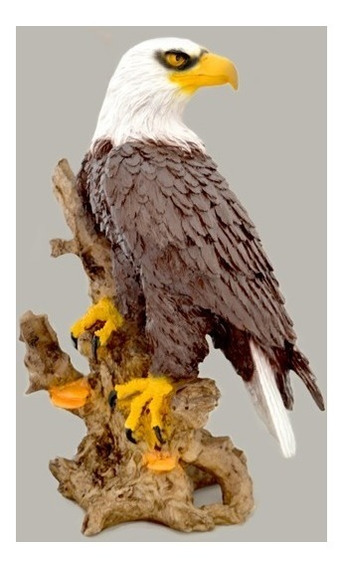

Studies on biological ethnotaxonomy aim at investigating how living organisms are perceived, identified, named and classified, seeking to understand how people categorize (ethnosemantic domains) and organize (ethnotaxonomic structures) nature elements. The ethno-ornithological research in Pedra Branca Village has contributed with new information on popular nomenclature of birds and their etymology, showing that folk knowledge on birds is conveyed within the community.


The bird life form (“pássaro” in Portuguese) was associated only to wild species. Following Berlin’s principles of ethnobiological classification, three hierarchical levels were registered: life form, generic and specific, with three types of correspondence between Linnaean and folk classification systems. Nomenclatural criteria more frequently used were vocalization and coloring patterns. We registered 139 common names, distributed into 108 ethnospecies and 33 synonyms, referring to 117 species. We interviewed 48 residents and, in order to identify species, we chose five informants with a more detailed knowledge on local avifauna. The ethno-ornithological data were obtained by means of semi-structured open interviews, and projective tests. This study aims to register the ethnotaxonomy of birds in the village of Pedra Branca, Santa Teresinha municipality, Bahia State, Brazil, by cataloguing and identifying their popular names, besides understanding the ethnoclassification system of local bird species. Studies on popular names of birds help to understand the relationship between human beings and birds and it also contributes to the field of ornithology.


 0 kommentar(er)
0 kommentar(er)
